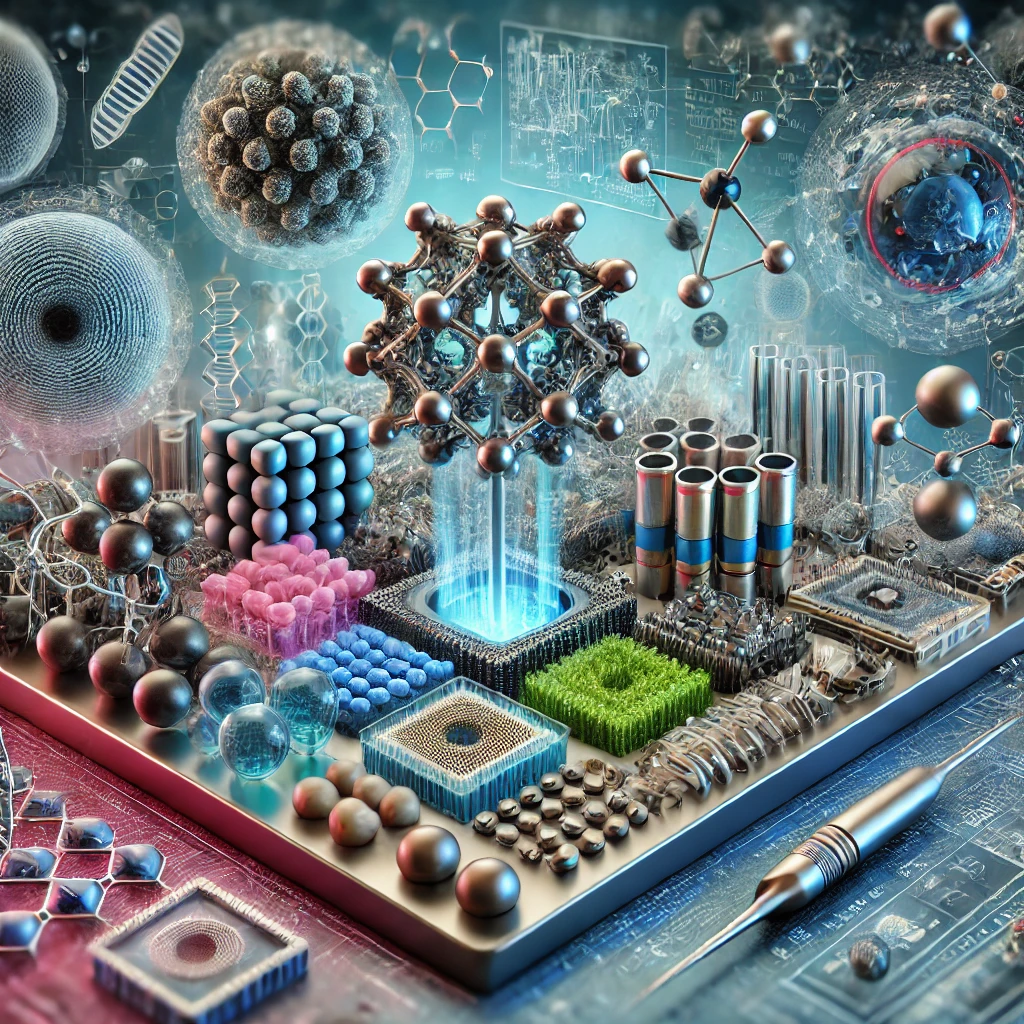How does Tiny Technology Work?
Article Source: Introduction to Nanotechnology

Why You Should Care
Nanotechnology is changing the way we think about science and technology. By manipulating materials at an incredibly small scale, scientists can create new tools and products that are stronger, lighter, and more efficient. Understanding how nanotechnology works can help us appreciate its potential to revolutionize industries like medicine, electronics, and environmental science.
Answering the Question… How does Tiny Technology Work?
Nanotechnology works by manipulating materials at the nanoscale—one billionth of a meter! At this tiny scale, materials often exhibit unique properties, like increased strength or conductivity. The study found that nanoparticles, which are particles smaller than 100 nanometers, can be used to create super-strong materials, deliver drugs directly to cells, or even purify water. The research emphasized that nanotechnology could lead to innovations in various fields, with a market expected to reach $125 billion by 2024.
How Was the Study Done?
Researchers conducted experiments and simulations to observe how materials behave at the nanoscale. They used advanced tools like electron microscopes to analyze the structure and properties of nanoparticles. The study also reviewed existing applications of nanotechnology in medicine, electronics, and materials science, compiling data from various sources to predict future trends and potential impacts.
What Was Discovered?
- Unique Properties: At the nanoscale, materials exhibit unique physical and chemical properties that differ from their behavior at larger scales. For instance, nanoparticles can be up to 100 times stronger than steel, yet are much lighter. The study found that these properties are due to the increased surface area to volume ratio at the nanoscale, which enhances chemical reactivity and mechanical strength.
- Medical Applications: Nanotechnology enables the development of advanced drug delivery systems. Nanoparticles can be engineered to target specific cells, such as cancer cells, allowing for precise treatment with fewer side effects. The study highlighted that such targeted therapies could improve the efficacy of cancer treatments by up to 40% compared to traditional methods, significantly enhancing patient outcomes.
- Environmental Impact: Nanotechnology offers promising solutions for environmental challenges. The study found that nanoparticles can remove contaminants from water at a rate 50% faster than conventional filtration methods. This capability could be crucial in addressing global water scarcity by providing more efficient purification systems that are accessible and affordable.
- Economic Potential: The economic impact of nanotechnology is substantial. The study projected that the global market for nanotechnology could reach $125 billion by 2024, driven by innovations in electronics, medicine, and materials science. This growth is expected to create millions of jobs worldwide and drive significant advancements in technology and industry.
- Energy Efficiency: Nanotechnology is also poised to revolutionize energy production and storage. The study found that nanoscale materials could improve the efficiency of solar cells by 20%, making renewable energy more viable and widespread. Additionally, nanomaterials are being used to develop next-generation batteries with higher energy density and faster charging times, which could transform the electric vehicle industry.
- Safety and Ethics: While nanotechnology offers numerous benefits, the study also emphasized the need for rigorous safety assessments. Nanoparticles' small size allows them to interact with biological systems in unpredictable ways, potentially leading to toxicity. The research called for more extensive studies to understand the long-term effects of nanomaterials on human health and the environment, with estimates suggesting that up to 10% of nanotechnology research funding should be allocated to safety evaluations.
Why Does It Matter?
Nanotechnology has the potential to revolutionize multiple industries by making products stronger, more efficient, and more environmentally friendly. As the field continues to grow, it could lead to breakthroughs in medicine, energy, and materials science that were previously unimaginable. Understanding nanotechnology is crucial for staying informed about the future of technology and its impact on our daily lives.
Link to full article: Introduction to Nanotechnology
